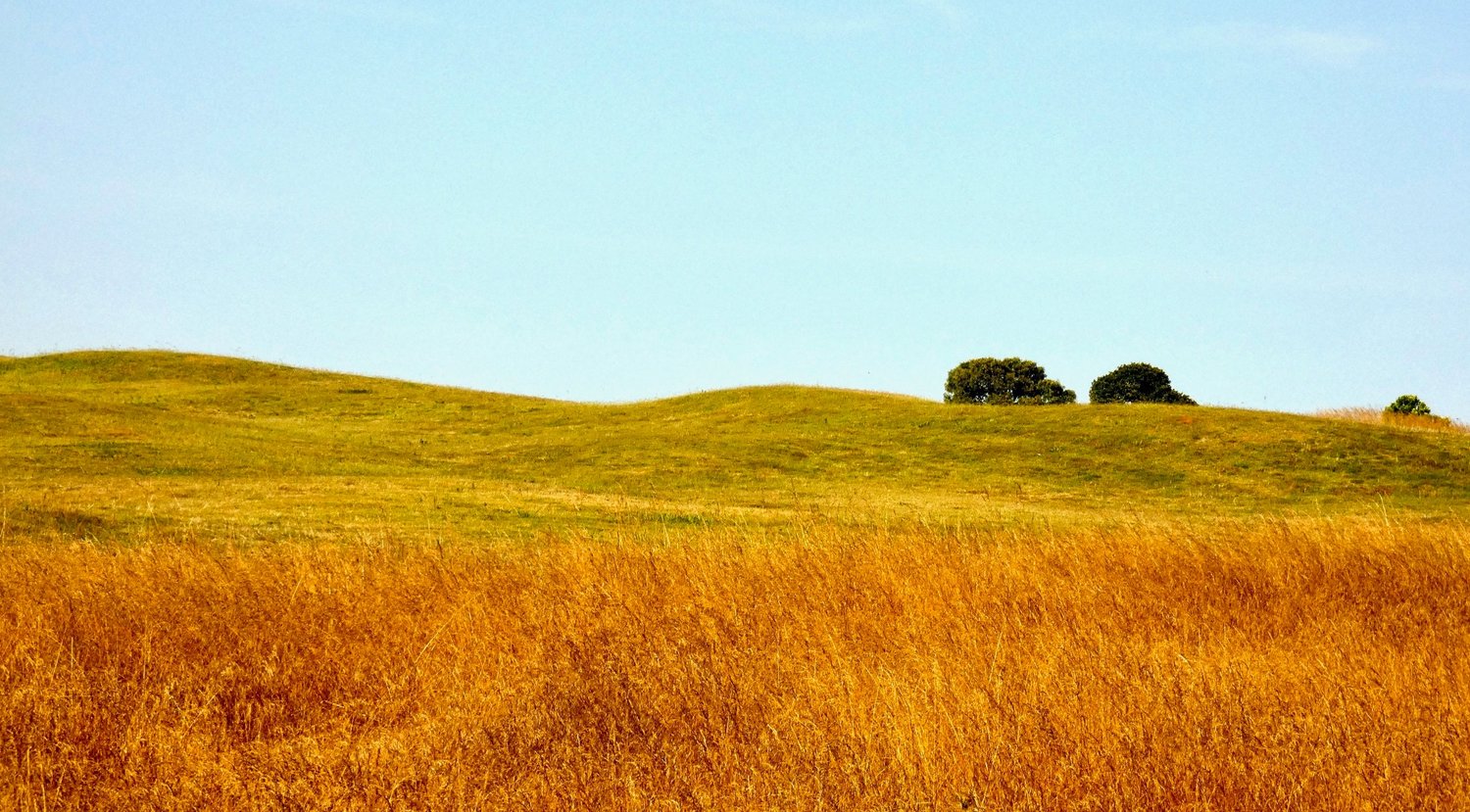Originally posted by Arthur Dailey
View Post
i was always pleased to find the odd one at Toronto munis since they definitely went further


 Yes that is the ball. After you mentioned it I looked it up and recognized the Ace of Spades that those balls had on them.
Yes that is the ball. After you mentioned it I looked it up and recognized the Ace of Spades that those balls had on them.


Comment